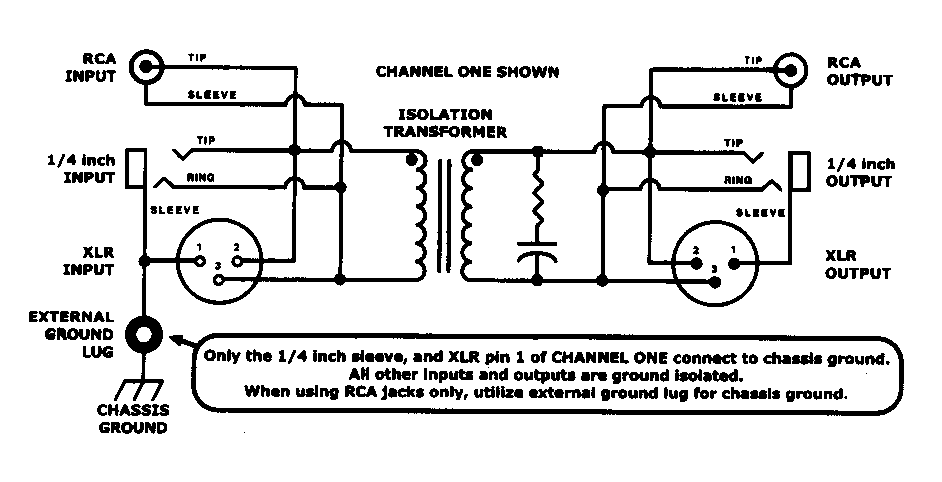
An audio isolator is a relatively new and inexpensive way to solve a number of problems. An isolator will allow audio to pass through the isolator and block any DC components from getting into your gear and cause AC hum. If you are running long lines of audio and hear a hum coming from the other end, it is usually because you are referencing more than one AC power source.
An example would be mixing in the back of an auditorium or church and amplifying at the front of the building. If you power your mixer from a rear receptacle in the building and your amplifier and speakers are up front, the amplifier is most likely picking up power from a front receptacle. This difference of grounds may cause an annoying hum in the speakers.
If you use good balanced equipment and techniques, this may not occur. However, you could still be plagued with hum that must be eliminated.
An isolator will provide a means of eliminating the hum through an audio transformer.
A product I recently found solves this problem and more. It has XLR, 1/4", and RCA inputs and outputs. A schematic of this is here:

Here's a front and back picture of a dual isolator. Two of the above circuits in one box:
They are available from MCM Electronics for about US$40 (Catalog # 555-7685)
A rack mount version that holds 8 channels is also available for about US$125.00. (Catalog # 555-7687)
Note: The rack ears are reversible so the group of connectors can be on the inside or outside.
Another feature that this can provide is that it can be a microphone splitter. Suppose you want to feed a microphone to a mixer and to a separate recording system without having to use a send off the mixer which may alter the levels and EQ. Plug your microphone cable into the XLR input, make about a 10 ft. cable with a 1/4" 3 circuit male plug on one end and a male XLR on the other. Plug this into the 1/4" INPUT of the isolator and the other into your mixer. Then use a standard microphone cable to plug into the XLR output of the isolator and to the input of your recording device or second mixer. You will also have the added feature of phantom power from the main mixer feeding straight through to your microphone.